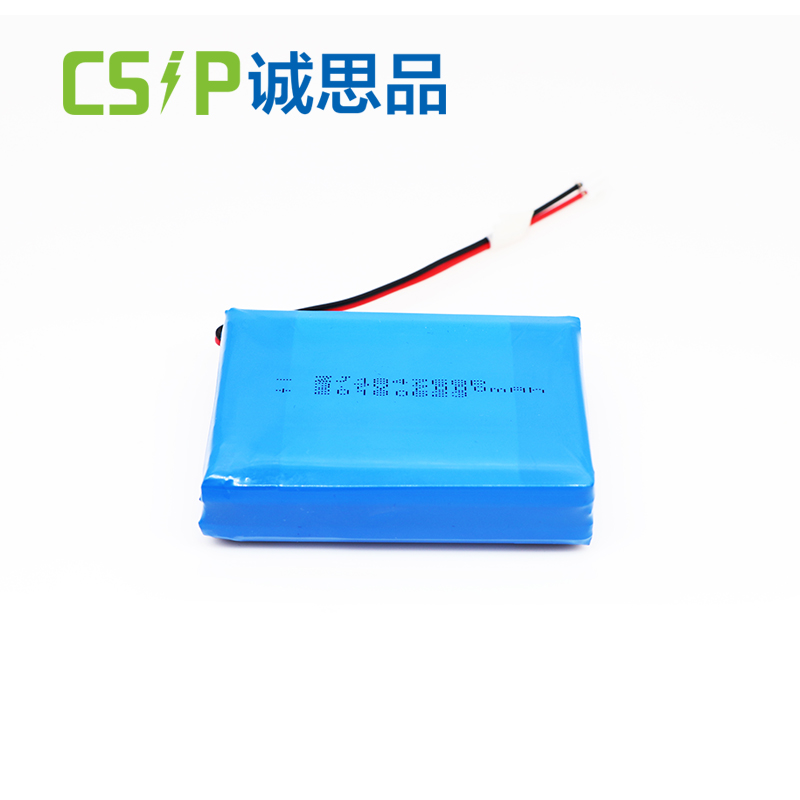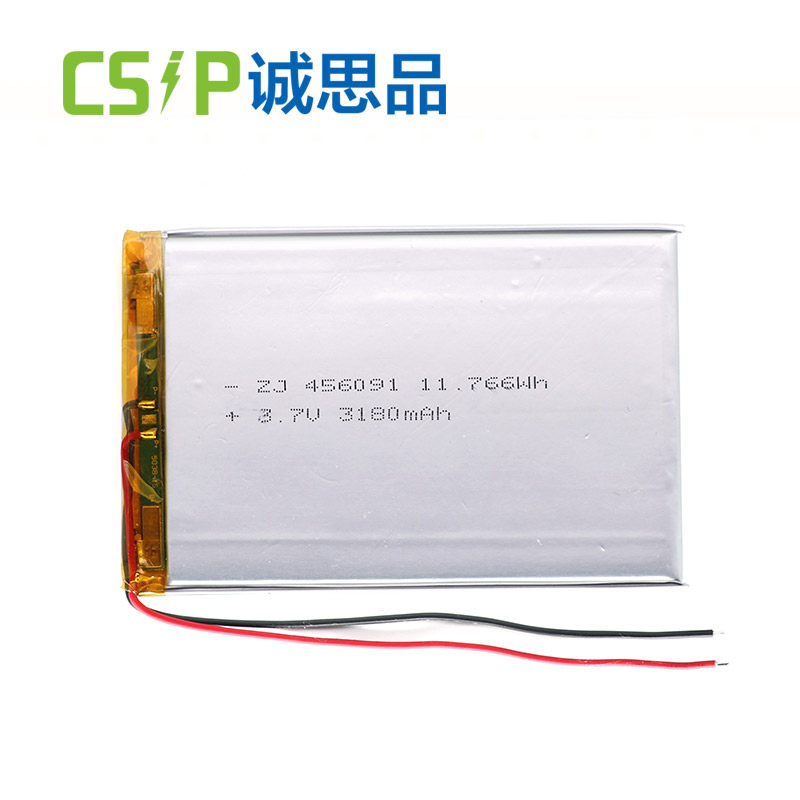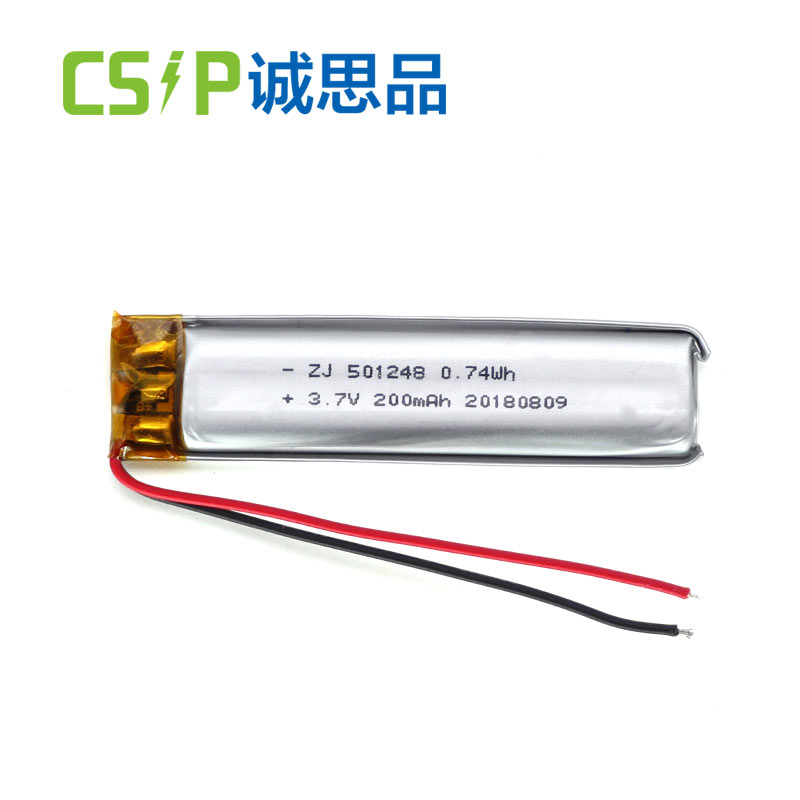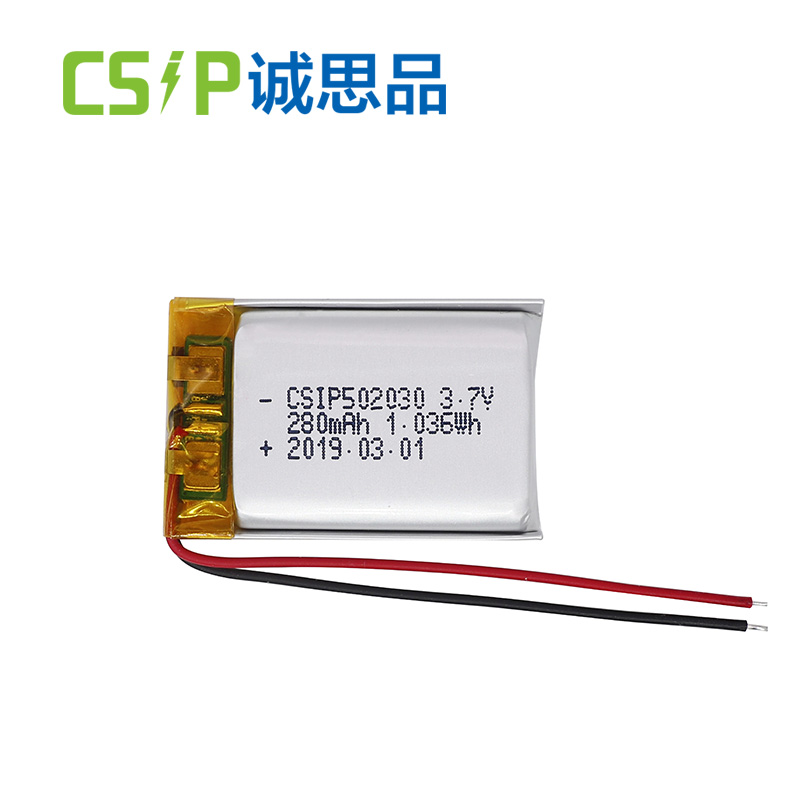The life of a polymer lithium ion battery is extremely relevant to its performance. Polymer batteries, also known as polymer batteries, are outwardly packaged in an aluminium-plastic case, unlike the metal case of liquid lithium-ion batteries. Why is the price of a polymer lithium battery higher than a normal lithium battery? Let's talk about the reasons below.

1.The raw materials
This is the total root of the various different performance of the two, but also to determine the price of an important factor. Polymer lithium battery refers to the use of polymer materials in at least one of the three components: positive electrode, negative electrode or electrolyte. Polymer means high molecular weight, and its opposite concept is small molecules, which have high strength, toughness and flexibility. The polymer materials currently developed for polymer batteries are mainly used for the cathode and electrolyte.

2.The difference between the plastic shape
Polymer lithium batteries can be thin, any area and any shape, the reason is that its electrolyte can be solid or gel rather than liquid; this is also a factor in determining its price; in contrast, ordinary lithium batteries use electrolyte, which requires a strong shell as a secondary packaging to accommodate the electrolyte, which also makes the lithium battery increased part of the weight.

3.Safety
The current lithium polymer batteries are mostly soft pack lithium batteries, using aluminum-plastic film to do the shell, when the internal organic electrolyte, even if the liquid is very hot will not explode, because the aluminum-plastic film polymer battery using solid or gel state and no leakage, only natural rupture; but nothing is absolute, if the instantaneous current is large enough, a short circuit occurs, it is not impossible for the battery to spontaneously combust or burst; because the safety must be done , so the cost is not low.

4.The voltage of the battery cell
As lithium polymer batteries use polymer materials, can be made in the cell multi-layer combination to achieve high voltage, while the nominal capacity of lithium battery cells is 3.6V, to achieve high voltage in practice, it is necessary to connect multiple cells in series to form the ideal high-voltage working platform.
If you use the above features to compare polymer batteries and lithium batteries which is better, then the conclusion is certain, however, in the market or lithium battery applications dominate, which shows that lithium batteries also have relative advantages. No matter, let's continue to compare.

5.Conductivity
Polymer lithium battery solid electrolyte ionic conductivity is low, at present, mainly by adding some additives to make it a gel electrolyte, in order to improve the electrical conductivity. This also only increases the ionic conductivity, unlike lithium batteries where the conductivity is kept at a stable value without being affected by the quality of the auxiliary materials.

6.Manufacturing process
The thinner the Li-polymer battery, the better the production, while the thicker the Li-ion battery, because of the thinness and safety, also makes the Li-polymer battery used in various high-end digital products, the price is relatively expensive.
Compared to Li-ion batteries, Li-polymer batteries can be made into thin cells and can be designed into a variety of shapes. It can be made into a single high voltage battery: liquid electrolyte batteries can only be connected in series with several batteries to obtain high voltage, while polymer batteries can be made into a multi-layer combination within a single one to achieve high voltage due to the absence of liquid itself.
Under the international standard, the life of the battery is not expressed through time, but through the number of cycles, that is, the complete discharge of electricity is counted once, the general lithium battery is between 500 to 800 times, A polymer battery up to 800 times. So choose a good battery supplier the quality of the battery will be guaranteed, the service life will be longer.


 Home
Home CSIP
CSIP  Mar 10,2023
Mar 10,2023 
 Lithium World (Lithium Battery World Ranking)
Lithium World (Lithium Battery World Ranking)  Feb 25,2023
Feb 25,2023 











